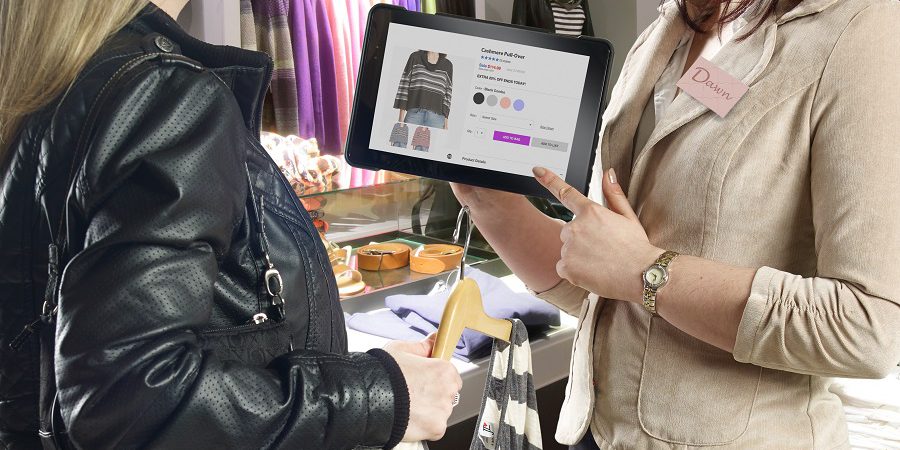Tablets remain a hot technology in a wide variety of vertical markets — and the restaurant and retail segments are no exception. Here are three reasons why restaurant and retail store operators embrace tablet technology.
1. ret functionality has become a reality for restaurants.
The potential to increase customer satisfaction, table turns, and profitability is fueling the popularity of pay-at-the-table solutions via tablet technology. Diners no longer endure a frustrating wait for their server to deliver the check and process their payment at a central (point of sale) POS terminal. The more quickly guests settle their check, the more satisfied they will be and the faster their tables will be ready for other diners. Happier customers and faster table turns lead to a better bottom line.
Restaurant operators also like the time savings that stem from replacing manual order-taking methods with tablets. In addition to speeding up tableside ordering through automation, tablets streamline the food preparation process. The faster the kitchen receives orders, the faster these orders are ready for delivery to tables.
Some restaurants delayed adding tablet technology, since first-generation pay-at-the-table options weren’t EMV-compliant. Now, as vendors introduce tablets that are EMV-ready, restaurants can process chip card payments securely at the table and protect themselves from liability for fraudulent card-present transactions.
2. Retailers recognize tablet technology’s potential to effectively augment traditional stationary POS units.
Mobile POS empowers retailers to make checkout quicker and more convenient. Store associates can use tablets for line busting to process payments from anywhere in the store. This decreases the likelihood that long, slow-moving lines will cause customers to abandon their purchases. The end-result: fewer sacrificed sales and a more satisfied, loyal base of customers.
Additionally, savvy retailers understand the important role tablets play in offering a higher level of customer service on the sales floor. Store associates armed with tablet technology can search inventory data when assisting shoppers in the aisles and place orders for out-of-stock items. They can also locate merchandise for a customer who has opted to buy online, pickup in-store (BOPIS) making the in-store part of the cross-channel experience a positive one.
3. Merchants are investing in tablet technology, a “must-have”— rather than a “nice-to-have”— in today’s competitive retail and restaurant landscape.
Research findings tell the tale. For example, an Infogroup survey found that the number of retailers that use tablet-based POS systems will triple by the end of 2018. According to a report by Juniper Research, mobile POS devices will handle more than 20 percent of all global retail transaction value by 2021. The report also indicated that at least one-third of all POS systems will be of the mobile variety within the next five years. Some $2.3 trillion in revenue is slated come through mobile POS technology in that time frame.
Merchants that choose to ignore the mobile POS trends will lag behind competitors with regard to the quality of customer experiences they can offer.
Tablet technology is still trending in retail and hospitality — and many merchants have just scratched the surface of the operational efficiencies, enhanced customer service and competitive edge it can offer. Consider whether your business is ahead or behind the tablet POS curve and how you can make this technology a part of a successful business strategy.







